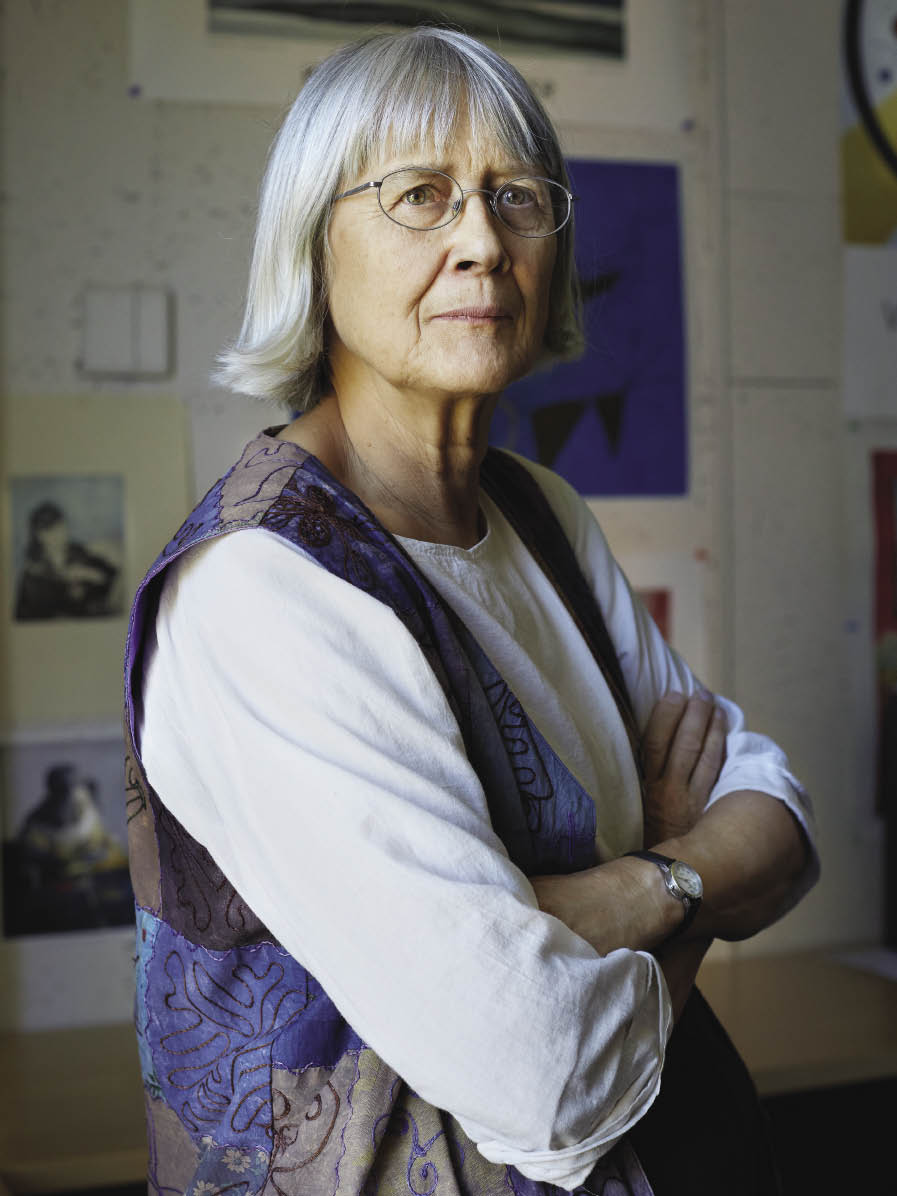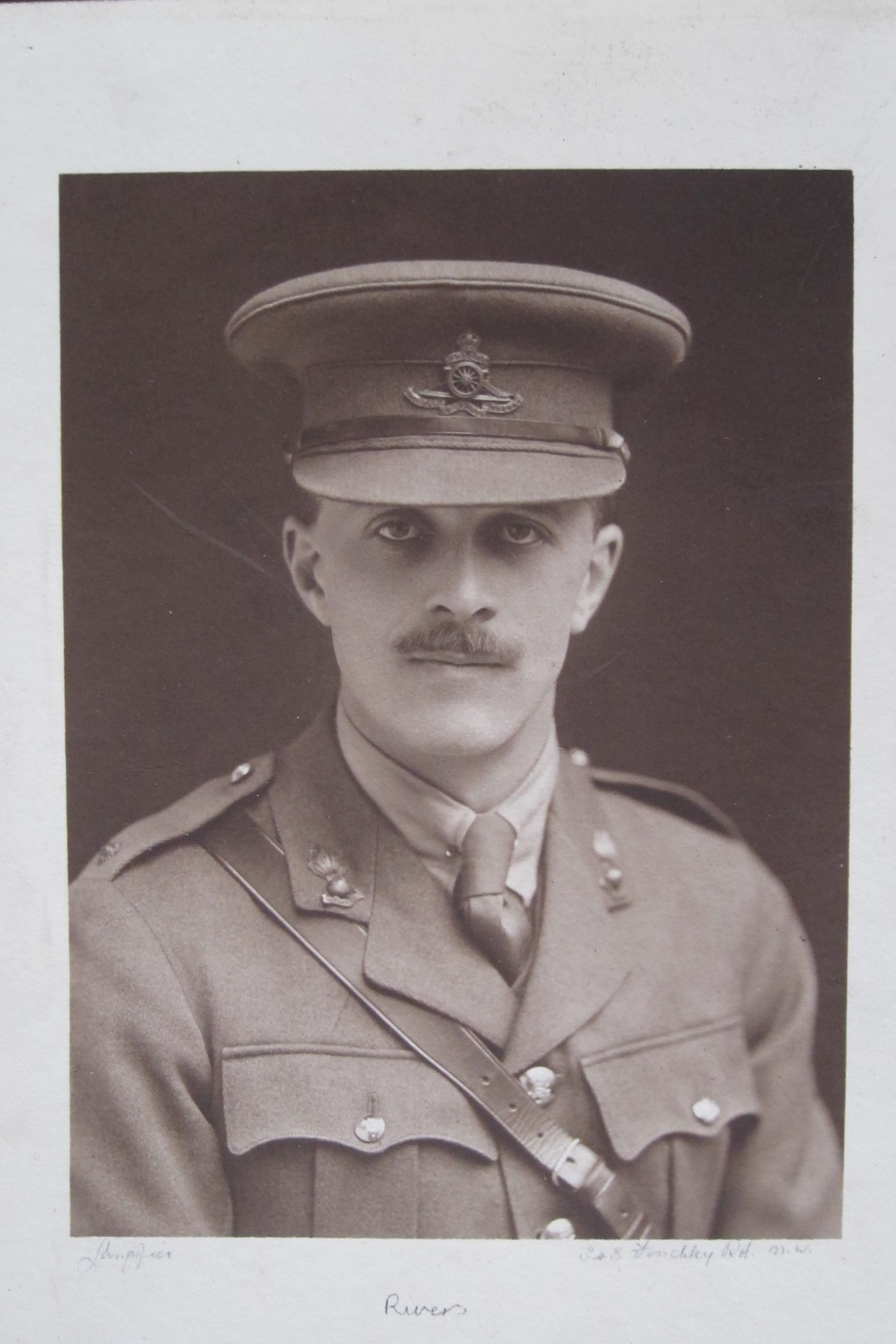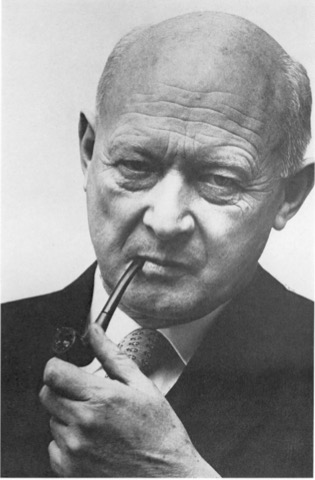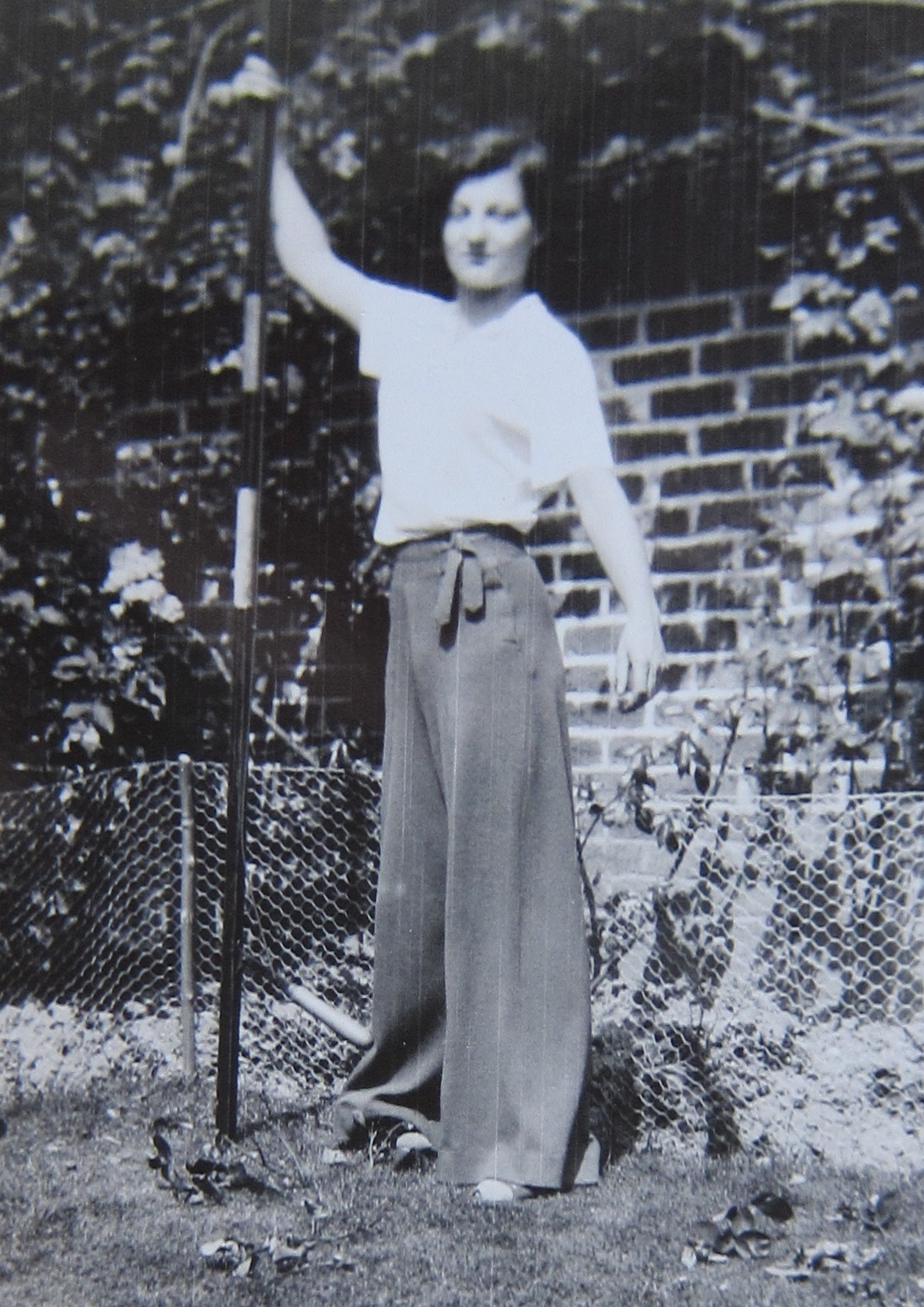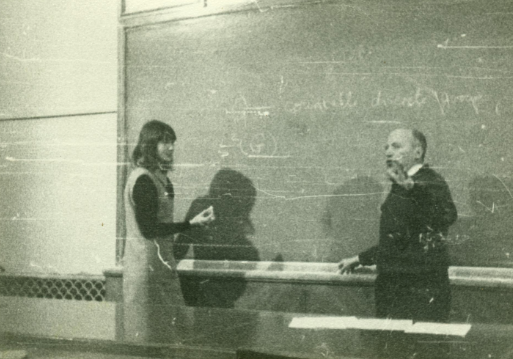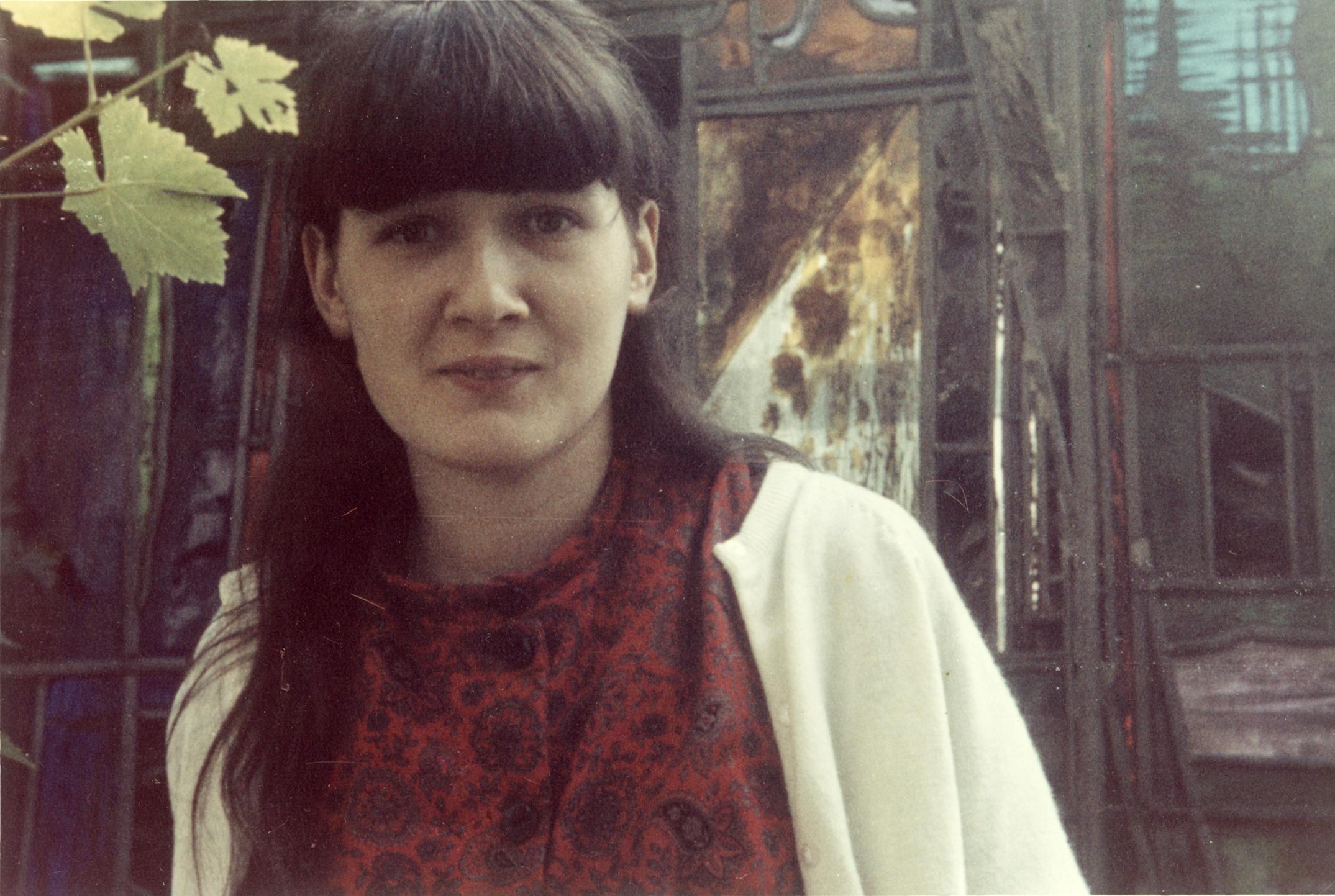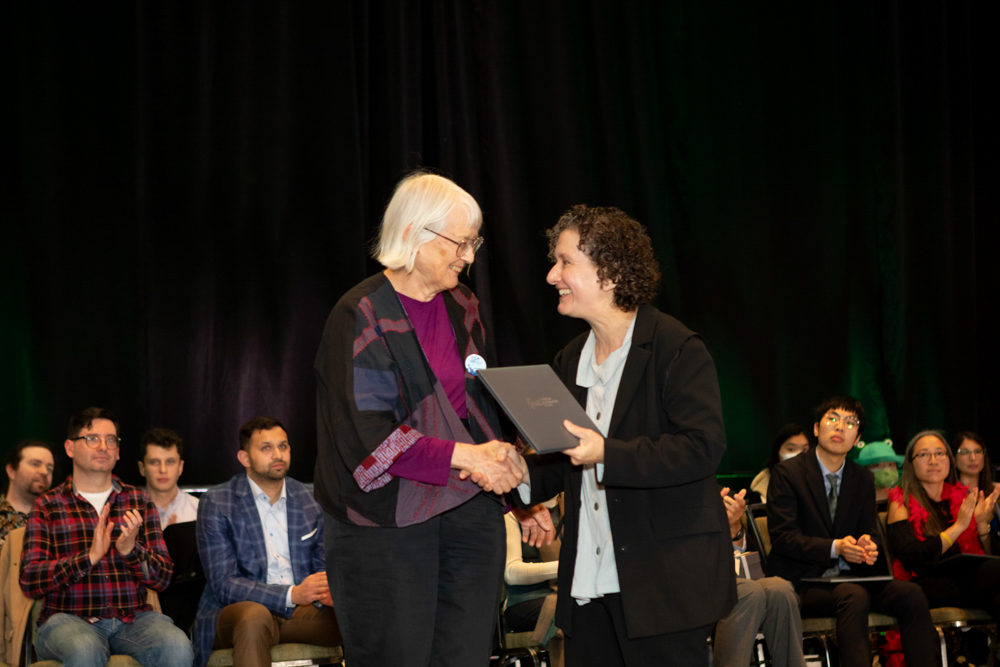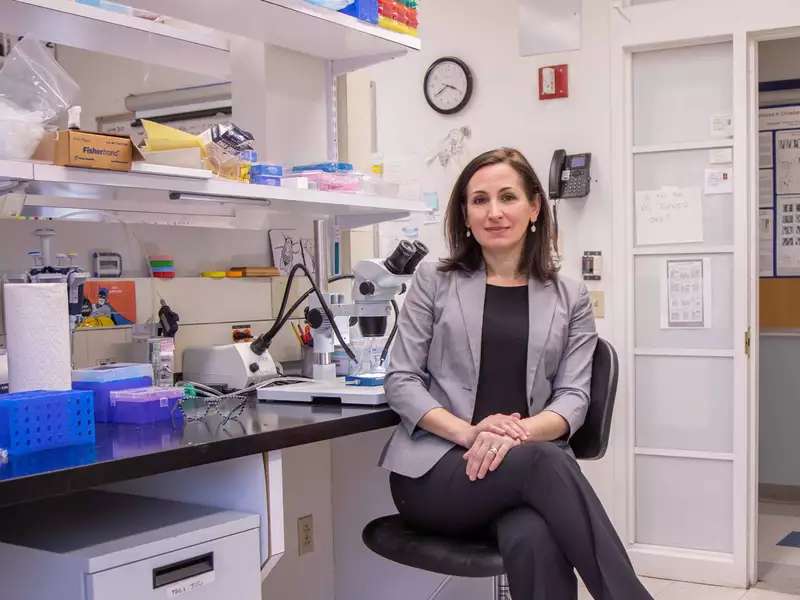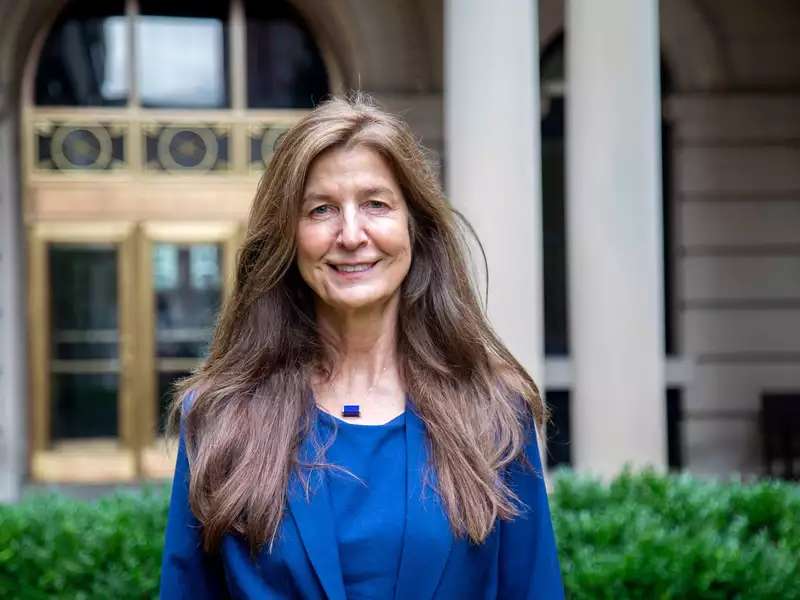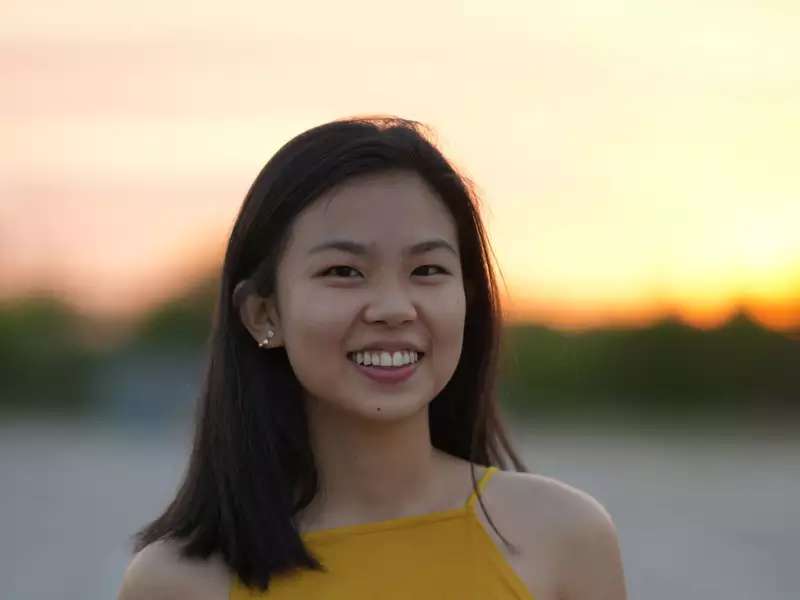When Dusa McDuff was growing up in post-World War II Scotland, it wasn’t common for a woman to pursue a career in math. Navigating a male-dominated field, McDuff had to find her own way.
But find her way she did. McDuff, who has taught at Barnard since 2007 and is now the Joan Lyttle Birman ’48 Professor of Mathematics, is one of the leading figures in the field of symplectic geometry and topology. This abstract field of study on space looks at the interactions of pairs of quantities via the measurement of two-dimensional areas, instead of the measurements of a single quantity, like the length of an object.
She’s authored two seminal textbooks, holds several honorary degrees, and is a member of many prestigious organizations, including the National Academy of Sciences and the American Philosophical Society. After walking the sometimes lonely road to success, McDuff has spent decades providing the mentorship that wasn’t always available to her by working with young women at Barnard and with the Women+ and Mathematics program of the Institute for Advanced Study, in Princeton, New Jersey.
Others have taken notice. In January, McDuff was awarded the 2025 AMS Leroy P. Steele Prize for Lifetime Achievement from the American Mathematical Society (AMS). The AMS recognized McDuff for her “enormously influential” research contributions to the development of symplectic topology and for her “long-continued leadership and mentoring in mathematics,” which dates back to the 1980s.
Born into a scholarly English family in Edinburgh, Scotland, McDuff saw the possibilities of a career in academia from a young age. Her mother was a trained architect and town planner; her father was a distinguished developmental biologist, geneticist, and philosopher of science. But despite her strong academic underpinning, the young McDuff felt that she had no role models in mathematics and struggled to find collaborators.
During her first two years as a Ph.D. student at the University of Cambridge, McDuff focused on functional analysis, which involves studying the behavior of collections of functions. But a turning point came in 1970, after a six-month stint in Moscow working with renowned Ukrainian-born mathematician Israel Gelfand. McDuff returned to Cambridge and, following Gelfand’s advice, began studying topology, a branch of mathematics that looks at the geometric and spatial properties of objects. Fifteen years later, amid new developments by Russian-French mathematician Mikhael Gromov, she planted herself in the field of symplectic geometry and topology, where she’s remained ever since.
In the Q&A below, McDuff gets candid about the challenges she faced throughout her career and offers words of wisdom to aspiring female mathematicians.
What sparked your initial interest in the field of symplectic geometry and topology?
I was coming to the end of a particular line of inquiry about the properties of motions that preserve volume and started considering similar questions for symplectic motions. None of what I had done before worked in this situation. However, in 1984, Mikhael Gromov had a breakthrough idea in symplectic geometry that made many more questions in this area accessible. I was fortunate enough to have a sabbatical that year, which I used to find applications of this idea.
What sort of challenges did you face while carving out a space as a female professional in mathematics, and how did you overcome them?
One real difficulty was that I didn’t have a strong cohort of friends, which left me feeling very isolated. I didn’t know any women trying to follow a path similar to mine, and the men I knew were not looking to be friends. It took a long time to find collaborators and friends to encourage and help sustain me throughout my professional journey.
What’s it like to have those “aha” moments, when something you’ve been trying to work through finally clicks?
Sometimes, ideas come to me after I have finished working directly on the problem — like when washing up, or when I am walking. Often, the key idea comes in flash. And then, of course, you spend a lot of time working it out, making sure it is not a chimera.
Women are often conditioned to think they aren’t as good at math as men. What advice would you give to someone who may be discouraged by the field?
To take things slow, try to find good help with understanding, and be patient with themselves. I would also encourage them to lean into community. Women’s talents often go unrecognized. Finding like-minded people — whether a fellow Barnard student or a mentor — can bolster one’s confidence and help one feel validated as a mathematician.
What interests you outside of mathematics, and how has it influenced your career?
These days, my main outside activities are reading novels and nonfiction, playing the cello, walking, and going to art galleries. When I was in school, I was considered to be very bright but very prosaic at the same time. As a teenager, I was looking for inspiration. It helped when I met my first husband, David McDuff, who, as a poet, had a completely different kind of mind. I remember in 1962, we were both in the (British) National Youth Orchestra, and he explained to me how Schubert felt as he was composing the symphony that we were playing.
When I went to Moscow in 1969 to study mathematics, my mentor Israel Gelfand, knowing of my love for music and poetry, played records to and read me works from Alexander Pushkin, the Russian playwright and poet. He believed that was all part of the process of learning mathematics.
